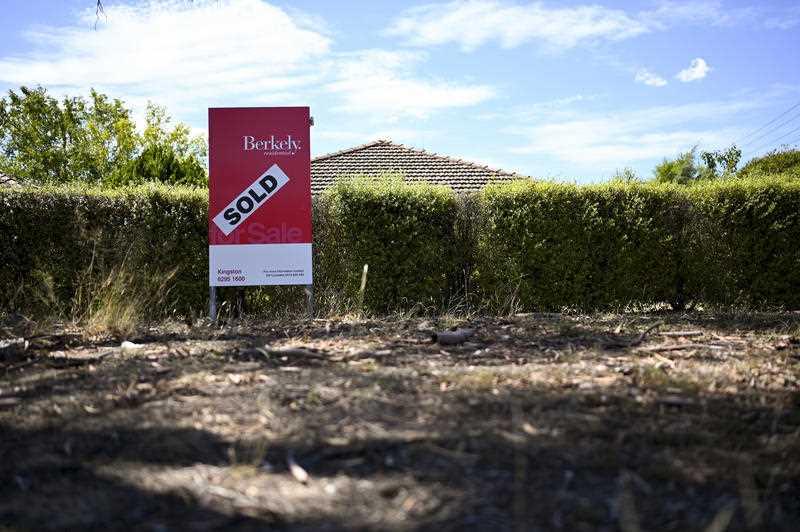Buying is now cheaper than renting in over one-third of Australian properties, aided by eight months of record low-interest rates, property researcher CoreLogic found.
The company’s analysis showed that it is cheaper to repay home loans than to rent for 36.3 percent of Australians properties, up from the 33.9 percent reported in Feb. 2020.





